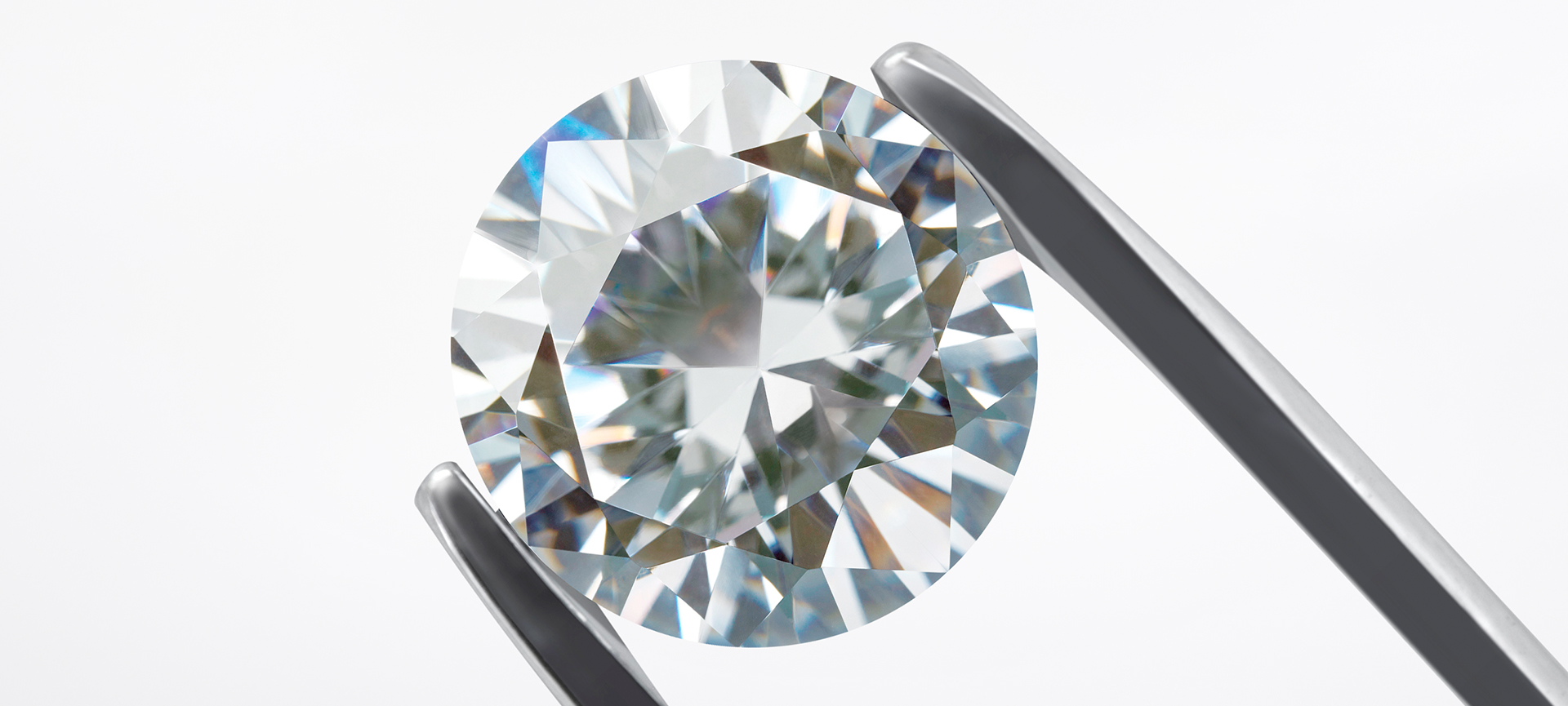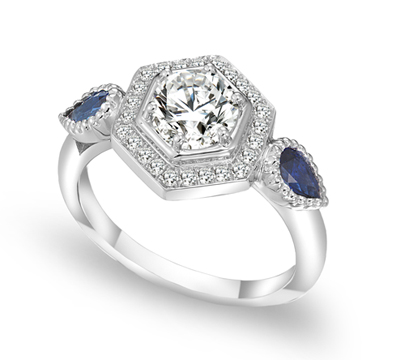Even the slightest change in diamond color can affect the quality and value of a diamond. Although most diamonds are thought of as colorless (that is, not fancy-colored), most colorless diamonds actually contain hints of brown and yellow. These differences in color are often very subtle – so subtle that an untrained eye can’t tell the difference between a nearly colorless diamond and a colorless one. Yet these minute variations in what color a diamond is can have a significant impact on the purchase price of the stone. (more…)


